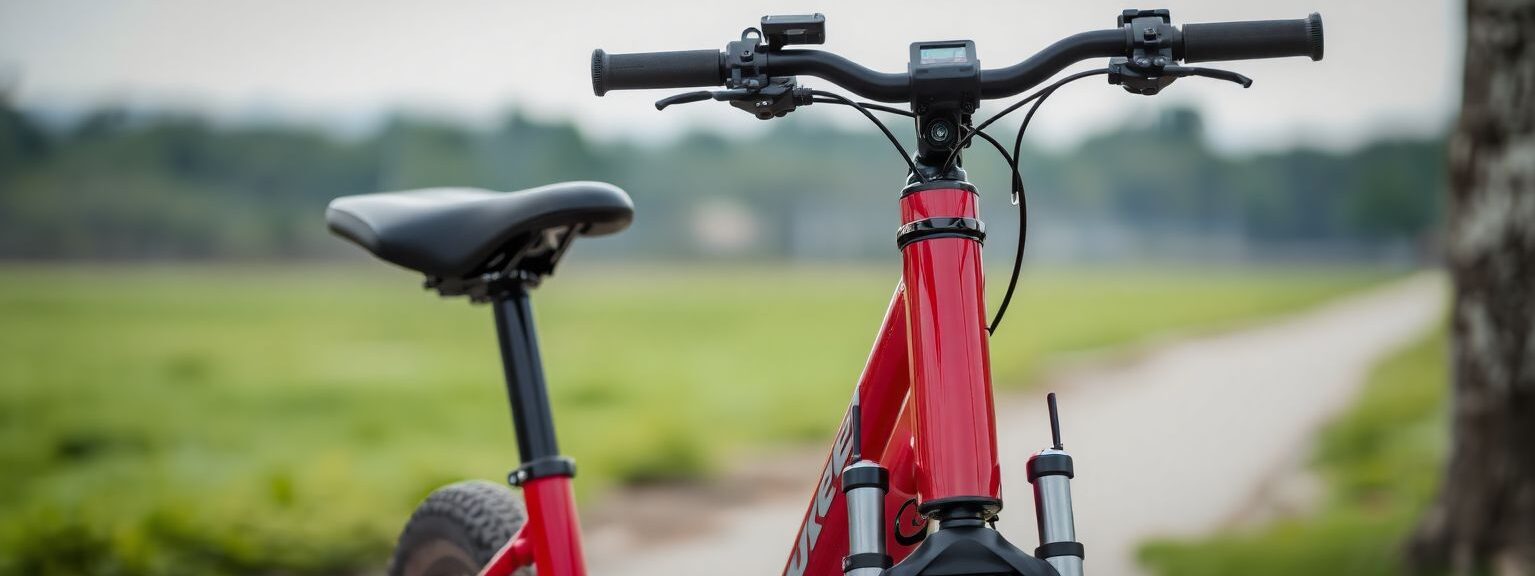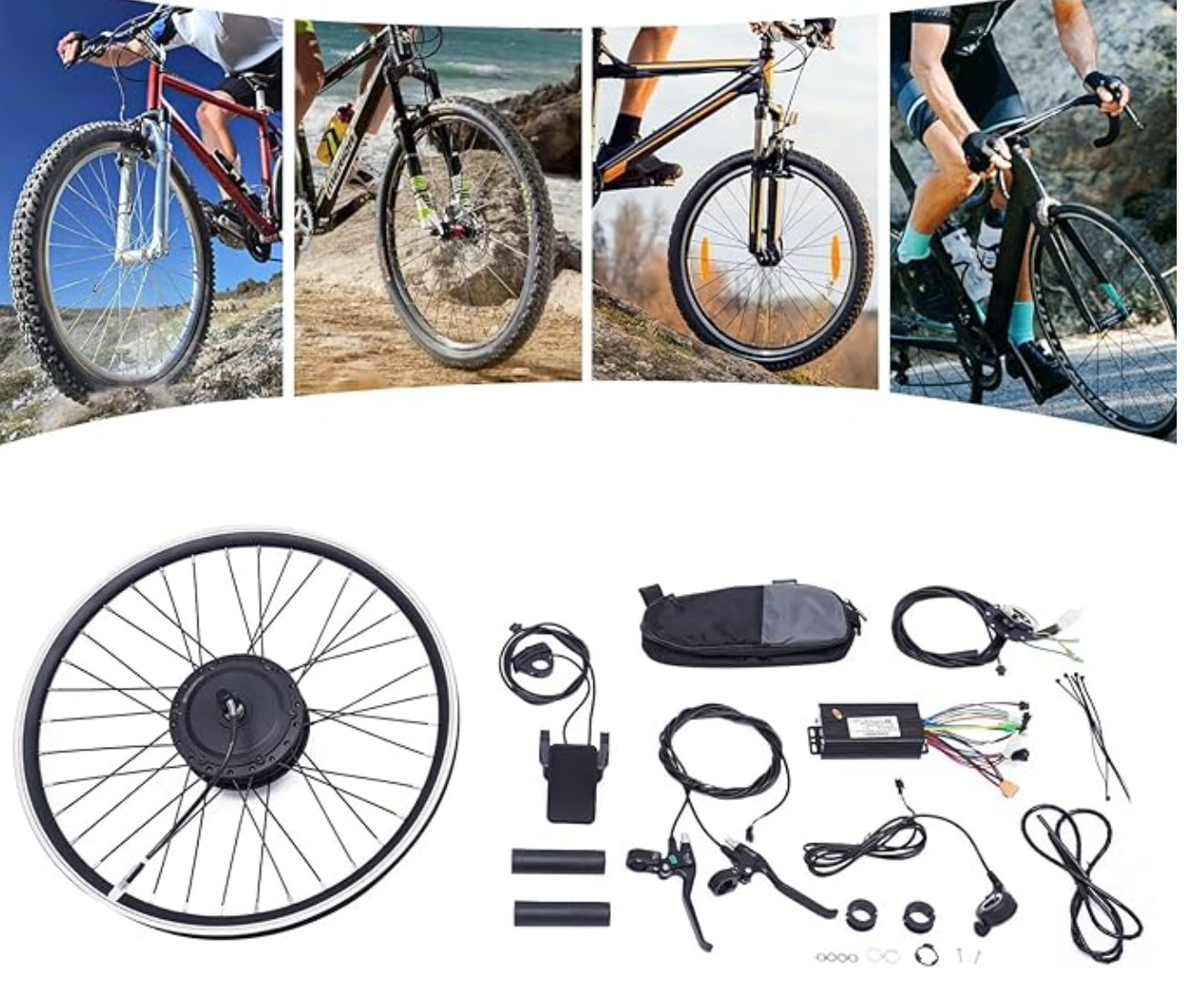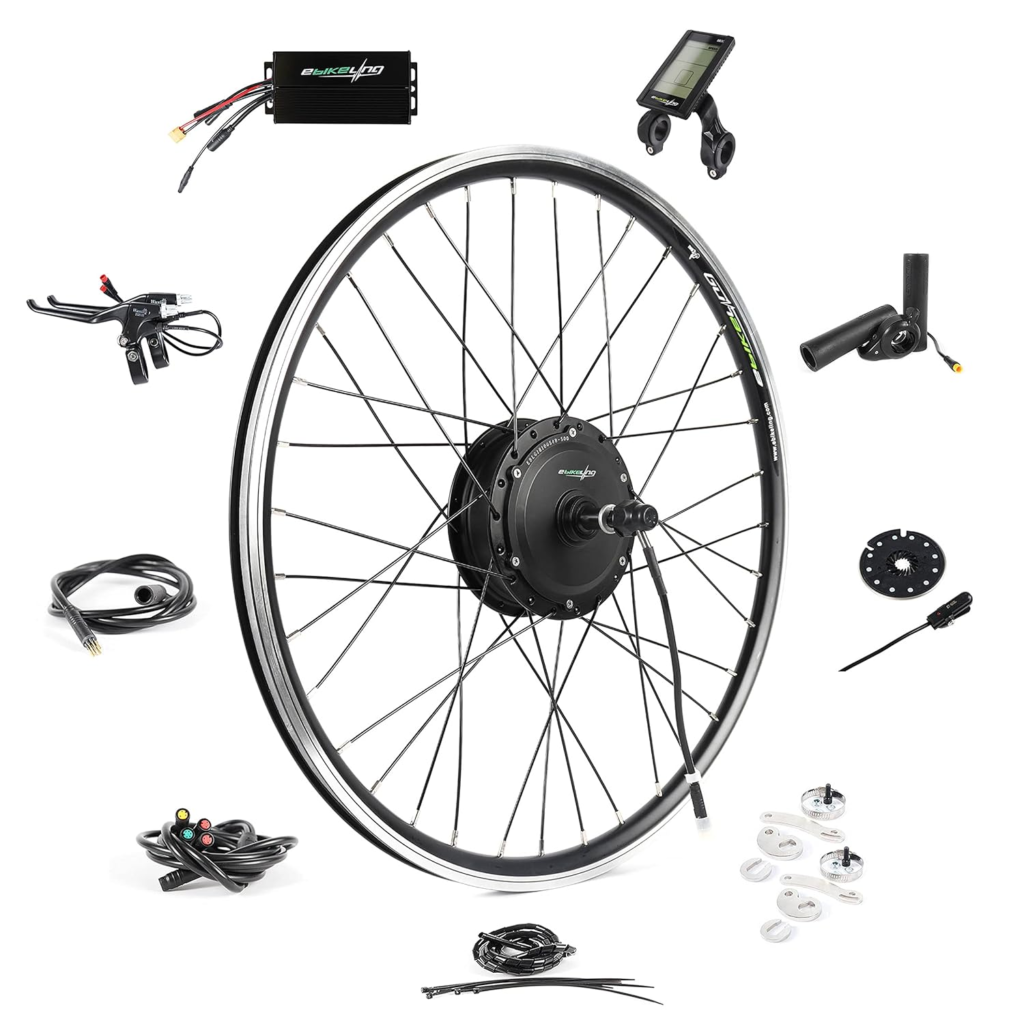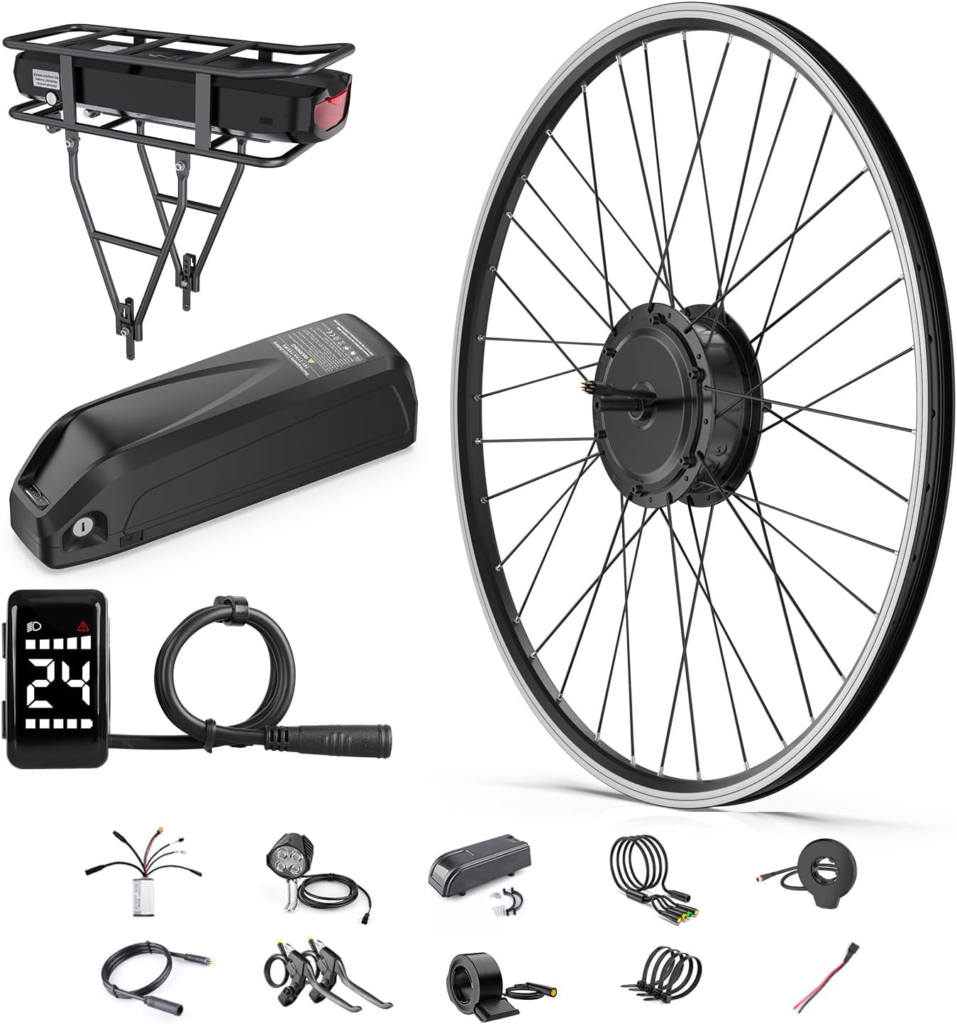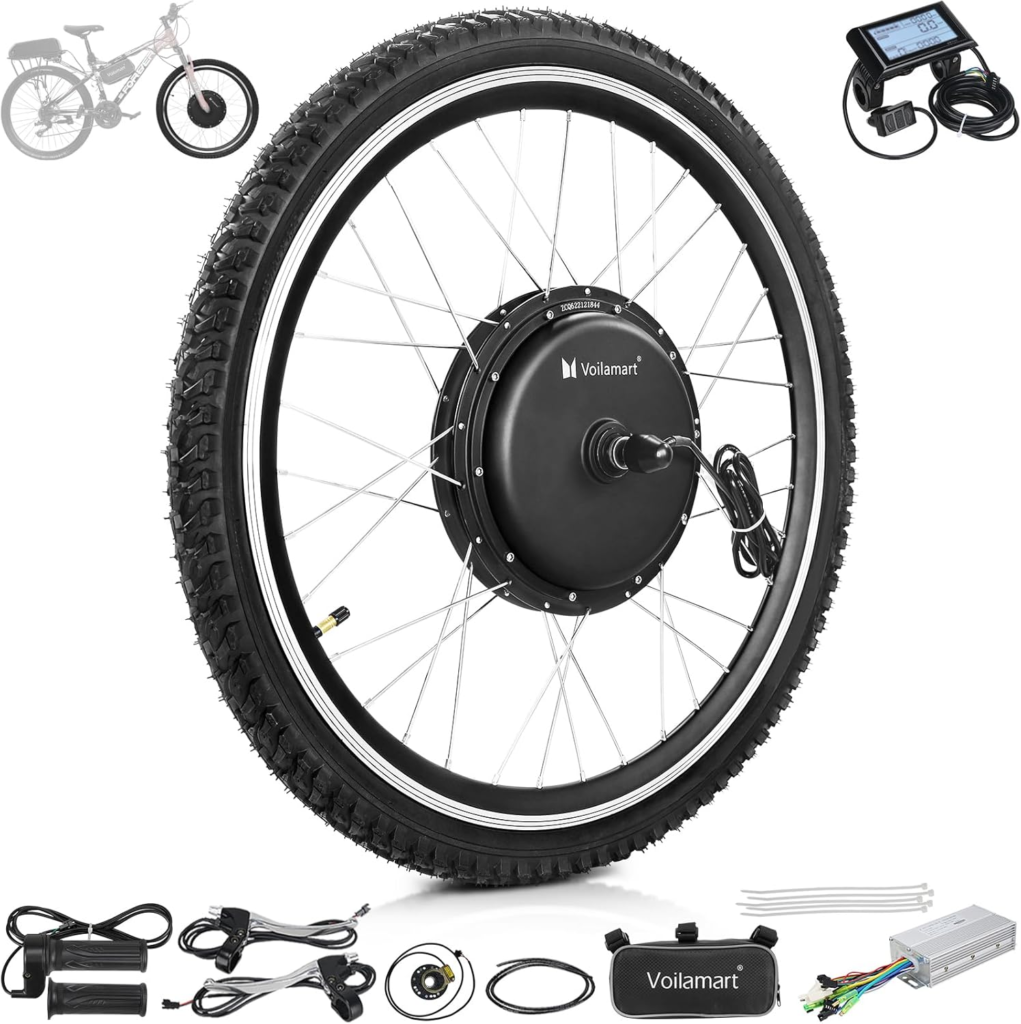Introduction to E-Bike Conversion Kits
Converting a traditional bicycle into an electric bike (e-bike) is an exciting and cost-effective way to enjoy the benefits of electric-assisted cycling. With the right conversion kit, you can transform your bike into a powerful, efficient, and eco-friendly mode of transportation. In this guide, we’ll cover the basics of e-bike conversion kits, explore the best-rated options available on Amazon and reputable e-bike brands like TENWAYS, Ride1Up, and eBike Generation.
Types of E-Bike Conversion Kits
There are two main types of e-bike conversion kits:
- Hub Motor Kits – These kits feature a motor built into the front or rear wheel hub. They are relatively easy to install and work well for flat or mildly hilly terrains.
- Mid-Drive Motor Kits – These kits place the motor at the bike’s bottom bracket, providing better weight distribution and improved performance on varied terrains.
Choosing the Right Conversion Kit
When selecting an e-bike conversion kit, consider these key factors:
- Compatibility – Ensure the kit matches your bike’s frame and wheel size.
- Motor Power – For beginners, a 250W to 750W motor is sufficient for urban commuting and moderate hills.
- Battery Capacity – Look for lithium-ion batteries that offer a good balance between range and weight.
- Installation Complexity – Some kits are plug-and-play, while others require more technical skills.
5 Best Ebike Conversion Kits 2025
Essential Tools and Components
A complete e-bike conversion kit typically includes:
- Motorized Wheel (Hub Motor)
- Battery Pack
- Controller
- Throttle
- Pedal Assist Sensor (PAS)
- Display Unit
- Wiring and Mounting Hardware
- Brake Levers with Motor Cutoff
- Torque Arms (for safety)
Step-by-Step Installation Guide
- Prepare Your Bike – Ensure your bicycle is in good condition.
- Install the Motorized Wheel – Replace the existing wheel with the new motorized hub wheel.
- Attach the Battery – Mount the battery pack on the frame or rear rack.
- Install the Controller – Secure it in a safe location.
- Attach the Throttle and Display – Mount these on the handlebar.
- Connect the Wiring – Follow the manufacturer’s instructions carefully.
- Install the Pedal Assist Sensor – This ensures motor assistance when pedaling.
- Secure the Brake Levers with Motor Cutoff – These cut off motor power when braking.
- Test the System – Ensure all components function properly before riding.
Battery Selection and Maintenance
- Use only the recommended charger to avoid overcharging.
- Store batteries in a cool, dry place.
- Regularly inspect the battery for signs of wear or damage.
- Avoid full discharges; recharge when reaching 20-30% capacity.
- Consider a spare battery for extended riding ranges.
Understanding Motor Power and Performance
- 250W-500W – Suitable for city commuting and mild inclines.
- 750W-1000W – Ideal for off-road and steep hills.
- 1000W+ – Offers high performance but may require additional legal considerations.
- Torque Ratings – A higher torque rating improves climbing ability and overall efficiency.
Legal and Safety Considerations
- Check local e-bike laws regarding motor power limits and speed regulations.
- Always wear a helmet and use reflective gear for safety.
- Regularly maintain your converted e-bike to ensure reliable performance.
- Install lights for nighttime riding.
- Ensure proper braking performance, especially with higher-power motors.
Troubleshooting Common Issues
- Motor Not Starting – Check battery charge and wiring connections.
- Unusual Noises – Ensure all bolts and components are securely fastened.
- Battery Drains Quickly – Avoid overloading and use appropriate power settings.
- Pedal Assist Not Working – Check sensor alignment and connections.
- Throttle Response Delayed – Inspect wiring and controller settings.
Tips for Maximizing Efficiency and Longevity
- Perform routine maintenance on the motor and battery.
- Use the pedal-assist mode to extend battery life.
- Store the e-bike in a dry, moderate-temperature environment.
- Keep tires properly inflated for optimal efficiency.
- Regularly clean electrical connections to prevent corrosion.
Recommended E-Bike Conversion Kits for Beginners
- EBIKELING 36V 500W 26″ Geared Waterproof Ebike Conversion Kit
- Motor: 500W geared hub motor
- Battery: Not included (compatible with 36V lithium-ion)
- Wheel Size: 26 inches
- Waterproof: Yes
- Pedal Assist Sensor: Included
- BAFANG 48V 500W Front Hub Motor Electric Bike Conversion Kit
- Motor: 500W front hub motor
- Battery: Optional (48V compatibility)
- Display: LCD display included
- Installation: Easy plug-and-play setup
- Voilamart 48V 1000W Electric Bicycle Conversion Kit
- Motor: 1000W rear hub motor
- Battery: Not included (48V required)
- Speed: Up to 28 mph
- Display: LCD digital meter
Additional E-Bike Models from Leading Brands
- TENWAYS CGO600 Pro
- Motor: 250W rear hub motor
- Drive System: Gates carbon belt drive
- Battery: Integrated 36V lithium-ion
- Ideal for: Urban commuting
- Ride1Up Roadster V2
- Motor: 350W rear hub motor
- Drive System: Belt drive
- Battery: Concealed within frame
- Ideal for: Minimalist riders seeking a sleek e-bike
- eBike Generation All-Terrain Electric Fat Bike
- Motor: 750W high-power motor
- Battery: High-capacity lithium-ion
- Ideal for: Off-road and long-distance rides
Revolutionary E-Bike Conversion Kit – ZIPFORCE SLIM REVIEW
Conclusion
Converting your traditional bike into an e-bike is an excellent way to enjoy the benefits of electric-assisted cycling while keeping your existing bicycle. With the right conversion kit or complete e-bike, you can tailor your riding experience to match your needs. Make sure to choose a kit or e-bike that fits your lifestyle, follow the installation guide carefully, and practice proper maintenance to get the most out of your new ride. Investing in high-quality components ensures longevity and efficiency, making your e-bike experience more enjoyable and cost-effective. Happy Riding!
